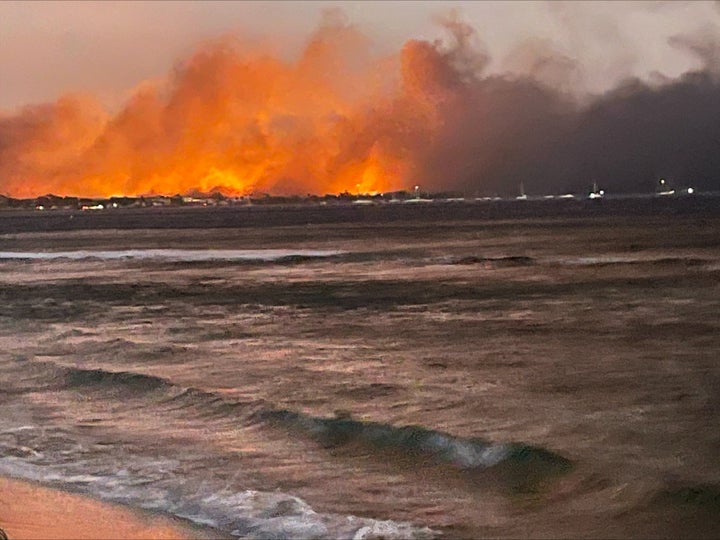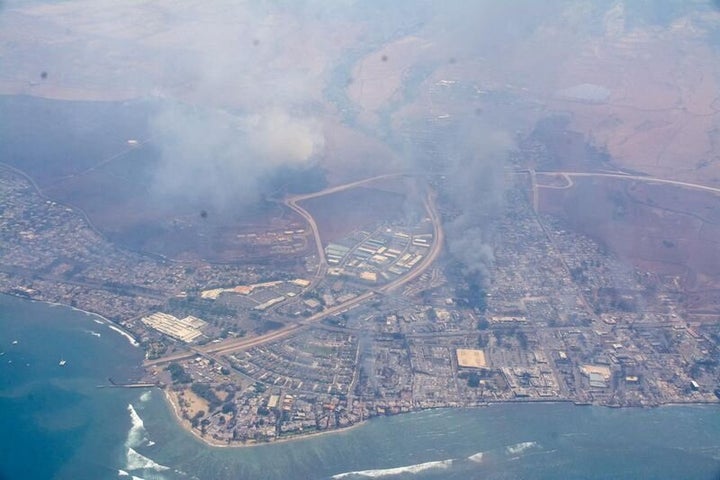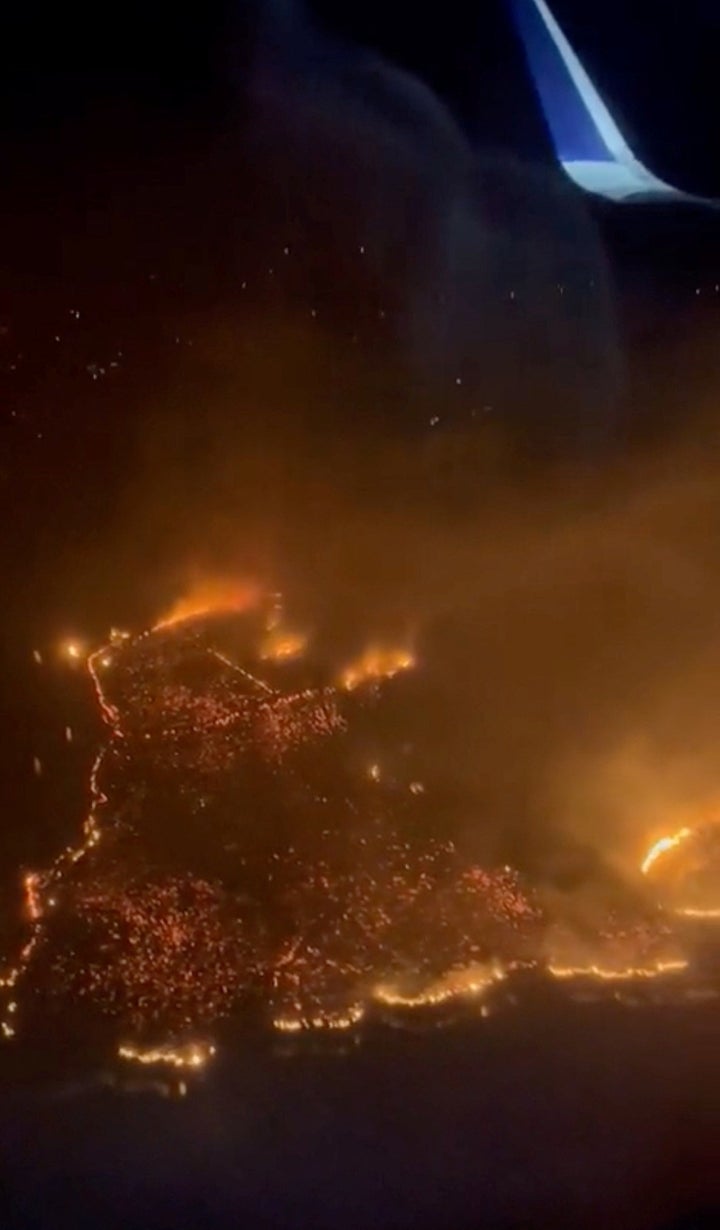
The devastating wildfires on Hawaii’s Maui island have killed at least 55 people and wiped out the historic town of Lahaina.
As the flames rapidly enveloped all before it, some escaped by jumping into the Pacific Ocean. Thousands of residents have been made homeless and tourists have been forced to evacuate.
As search teams prepared to comb through the charred ruins for more victims, questions were being asked about what caused the worst natural disaster in the US state’s history.
The fire moved extraordinarily quickly due to powerful gusts from a hurricane passing well south of the Hawaiian archipelago.
How did the fires start?
The causes of the fires, which started on Tuesday night, have not yet been determined. However, the National Weather Service had issued warnings for the Hawaiian Islands for high winds and dry weather – conditions ripe for wildfires – which it cancelled late on Wednesday.
Nearly 85% of US wildfires are caused by humans, according to the US Forest Service. Natural causes include lightning and volcanic activity. The Hawaiian Islands have six active volcanoes, including one on Maui.
Record-setting heat this summer has contributed to unusually severe wildfires in Europe and western Canada. Scientists say climate change, driven by fossil fuel use, has led to more frequent and more powerful extreme weather events.

What’s driving the Hawaii wildfires?
Winds from Hurricane Dora, hundreds of miles southwest of the Hawaiian Islands in the Pacific Ocean, have fanned the flames across the US state, officials say.
In addition to Dora, a low-pressure system to the west near Japan is also contributing to the high sustained winds. Dry vegetation is also a contributing factor.
The spread of flammable non-native grasses such as Guinea grass in areas of former farmland and forest have created large amounts of small, easily ignited materials that increase the risk and severity of fire.

Where are the fires?
The fires have caused widespread devastation in Lahaina, a beach resort city of about 13,000 people on northwestern Maui that was once a whaling centre and the Hawaiian Kingdom’s capital, and now draws two million tourists a year.
Fires have also burned around Kihei, a coastal city in South Maui, and destroyed parts of Kula, a residential area in the mountainous center of the island, as well as scorching parts of the Big Island.
Some 271 structures were destroyed or damaged, the Honolulu Star-Advertiser said, citing official reports from the US Civil Air Patrol and Maui Fire Department.
Hawaii, about 2,000 miles west of the US mainland, is made up of eight main islands, including Hawaii, known as the Big Island. The island of Maui sits to the north and west of the island of Hawaii.
With reporting from Reuters.
